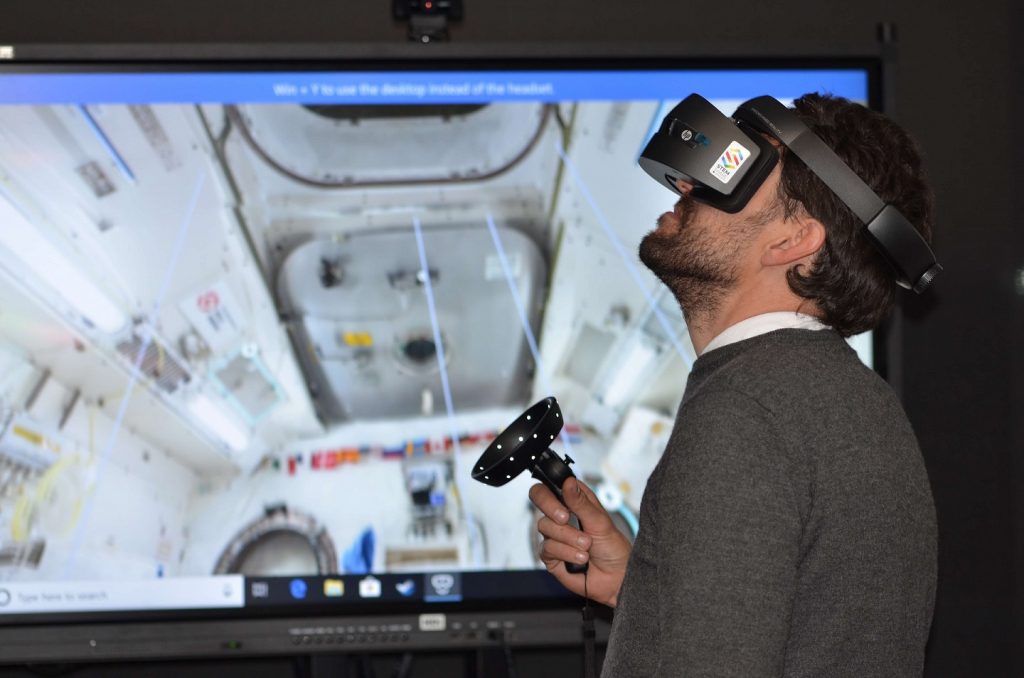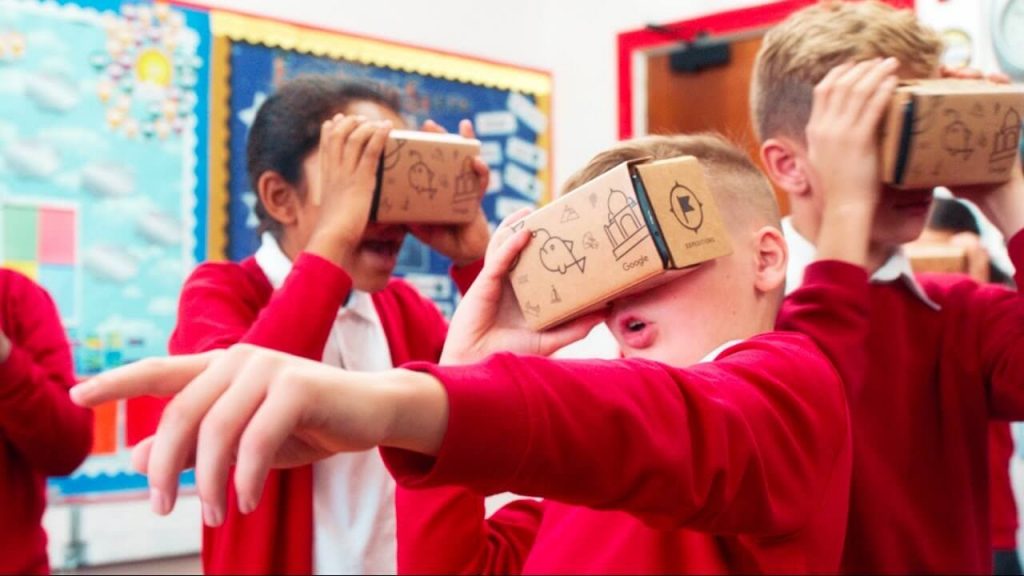With the wave of digital transformation has come massive amounts of change and disruption. Everyone has been affected and learning organizations are no exception. Digital transformation has been a topic that’s been getting attention for some time. And rightly so, as our world has changed drastically just in the past 10 years. The disruption that has been taking place in the business landscape is unlike anything we’ve ever seen before. And, it’s happening rapidly. This has placed corporate learning at the forefront, as businesses across the globe are constantly worried about the speed of delivery. Most people think digital transformation is all about technology, but it’s really about people, process and technology. This digital evolution has occurred quickly and is affecting every aspect of businesses, including product and service design, operations and process.
New technologies are enabling new teaching methods
Digitalization is giving way to innovative teaching methods enabling students to learn from anywhere. A multitude of digital tools such as smartphones, e-readers, mobile apps, tablets, laptop and above all internet are completely changing the way students learn, engage and collaborate.
In recent years, many schools and colleges have introduced technology-enabled learning systems in the curriculum. Blackboards have given way to smartboards and e-books have replaced textbooks. Publishing houses are also coming forward to develop a technology-driven curriculum.
Internet is the greatest enabler of collaborative learning in the 21st century. It is making students-teachers collaboration easier and effective. Technology platforms such as Google, Microsoft, etc. are giving birth to global classrooms. Breakthroughs in technology are encouraging an increasing number of educators to experiment with new ways of collaborative teaching such as flipped classrooms.
Digital transformation of corporate L&D programs
A lot of companies fulfill their need for employee training by investing in training programs for cultivating hard or soft skills. Many of them do so in a traditional way. But an increasing number of companies are digitizing its programs.
Quality e-learning can meet the learners’ specific needs and give feedback on the learned content, while providing the organization with the control and oversight of the whole process. Another highly effective training method is blended learning, which provides the best of both worlds by combining classroom training and online lessons.
Successful online learning grabs the attention of learners, keeps them involved and invested in the training process and is personalized to achieve customer intimacy, greater retention and application later on, which could be beneficial for ROI of the organization which has invested in its employees.
Immersive training and learning offer new opportunities
Digital transformation has come in several waves of technological innovation up to this point mostly based on technologies such as cloud computing and mobility and increasingly on the Internet of Things and Artificial Intelligence. The next wave of massive disruption in the enterprise may come from Augmented and Virtual Reality systems as these two technologies offer new capabilities to the enterprise.
According to an Udemy for Business survey of L&D leaders, 18 percent of organizations plan to incorporate VR in the next few years. VR technology is more mature than AR, so we’re seeing some sophisticated learning experiences and opportunities.
Remote working, digital twins, paperless environments and hands-free working environments are just some of the applications that are transforming enterprises as VR and AR hardware and software become both more intelligent and more cost-effective.

How to know if my digital transformation efforts are working?
Never in the history of the world has technology and innovations given our customers more choices and more instant gratification from the products and businesses that they interact with than now. This has posed so many challenges in the workplace, moving corporate learning in unfamiliar territory. Corporate learning teams are needing to find ways to be aligned strategically to the business, but also realize that the workforce is trying to navigate the complexity of all of this disruption.
The best way to observe the effect of digital technologies on education is to concentrate on key features and objectives of the traditional and online learning experience. Even at first glance, it is evident that these two types of learning share the same objectives: to transfer knowledge and provide the learner with the ability to put that knowledge and skills into practice.





